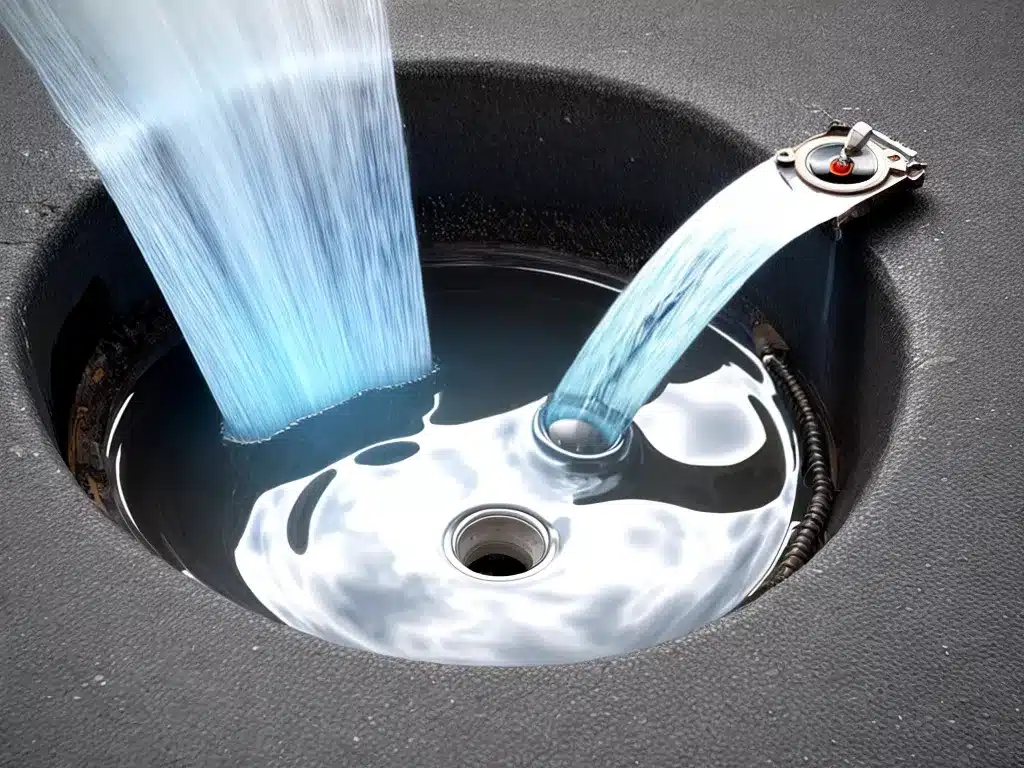
Water leaks in a home can cause extensive damage if left unaddressed. As a homeowner, being proactive and detecting leaks early is key to preventing disasters. Here is a comprehensive guide on how to detect leaks before they become catastrophes.
Inspect Visible Plumbing
Regularly inspect all visible plumbing in your home, including:
-
Pipes – Check for corrosion, leaks, drips, condensation, and damp areas. Pay special attention around joints and connections.
-
Water heaters – Look for rust, dripping, and puddles around the unit. Check the water heater pan for water, which indicates a leak.
-
Toilets – Jiggle toilet handles to ensure proper shut off. Check base of toilet for moisture or small puddles. Listen for running water.
-
Faucets – Turn on all faucets and showerheads. Watch for drips and leaks at spigot connections and pipe joints.
-
Under sinks – Pull out cabinets and inspect undersides and pipe connections for moisture or mold.
Tip: Create a plumbing inspection checklist to examine all areas on a regular basis. Monthly inspections are recommended.
Examine Areas Prone to Leaks
In addition to plumbing fixtures, inspect other leak-prone areas:
-
Foundations – Regularly walk the interior and exterior, looking for cracks or moisture. Signs include efflorescence, mold, and paint bubbling.
-
Attics – Check for wet insulation, water stains, or moisture around vents, chimneys, and skylights.
-
Basements – Look for flooding, damp walls, and moisture around foundations and corners.
-
Crawl spaces – Inspect for standing water, high humidity, and wet spots.
-
Windows – Ensure seals are intact. Condensation or water between panes indicates window seal failure.
Tip: Use moisture meters and infrared cameras to aid inspections. Technology can detect leaks before visible signs appear.
Monitor Utility Bills
Detecting leaks early can prevent thousands in water damage. Carefully monitoring utility bills can reveal issues:
-
Look for spikes – Unusually high water usage indicates underground leaks. Compare bills month-to-month.
-
Check usage – Review usage during periods of low/no occupancy. Usage over 10 gallons per day may signal leaks.
-
Confirm meter accuracy – If a leak is suspected, confirm the meter reading is correct by verifying gauges match.
Tip: Install a dedicated water meter on your main to closely track usage. Apps like Flume connect to meters to provide real-time usage data.
Conduct Water Pressure Tests
Plumbing leaks often cause drops in water pressure:
-
Check pressure at fixtures – Note pressure during no use periods. Check early morning before use.
-
Compare hot and cold lines – Pressure differences between hot and cold indicate issues on that line.
-
Shut off all valves – Shut off all fixtures, then check pressure at one faucet. Declines indicate a leak.
-
Perform formal tests – Plumbers can perform thorough home pressure tests to check for leaks.
Tip: Install pressure gauges on pipes. Changes in readings over time can reveal leaks.
Know the Signs of Specific Leaks
Recognizing the signs of specific leak types can prevent major disasters:
Toilet leaks – Listen for running water, conduct dye tests, check for condensation outside tank.
Faucet leaks – Dripping taps, higher than normal water bills, moisture under sinks.
Shower leaks – Mildew outside shower, moisture at plumbing joints, loose tiles.
Appliance leaks – Puddles under units, rust accumulation, high humidity near appliances.
Outdoor leaks – Damp spots in yards, browning vegetation near pipes, continuously wet areas.
Take Early Action to Prevent Damage
Discovering leaks in their early stages allows for prompt repairs before catastrophic damage occurs:
-
Conduct thorough inspections regularly.
-
Monitor and compare utility bills frequently.
-
Understand signs of different leak types.
-
Repair drips and minor leaks immediately.
-
For major leaks, shut off water at main valve before calling a plumber.
-
If necessary, consult with professionals for leak detection services.
Catching and addressing leaks quickly protects your home and prevents thousands in repairs. Stay vigilant in regularly checking for leaks before they become destructive disasters.












